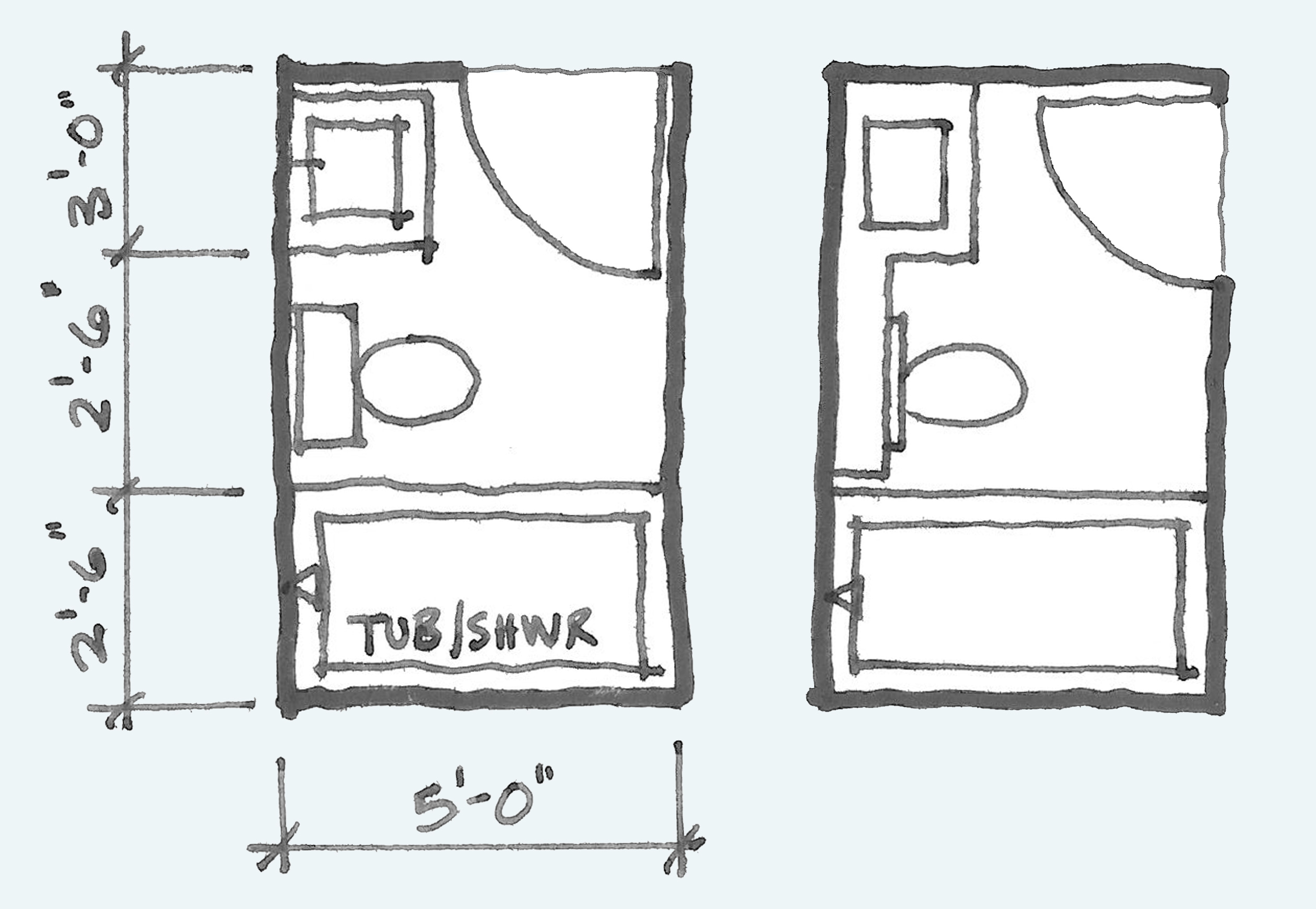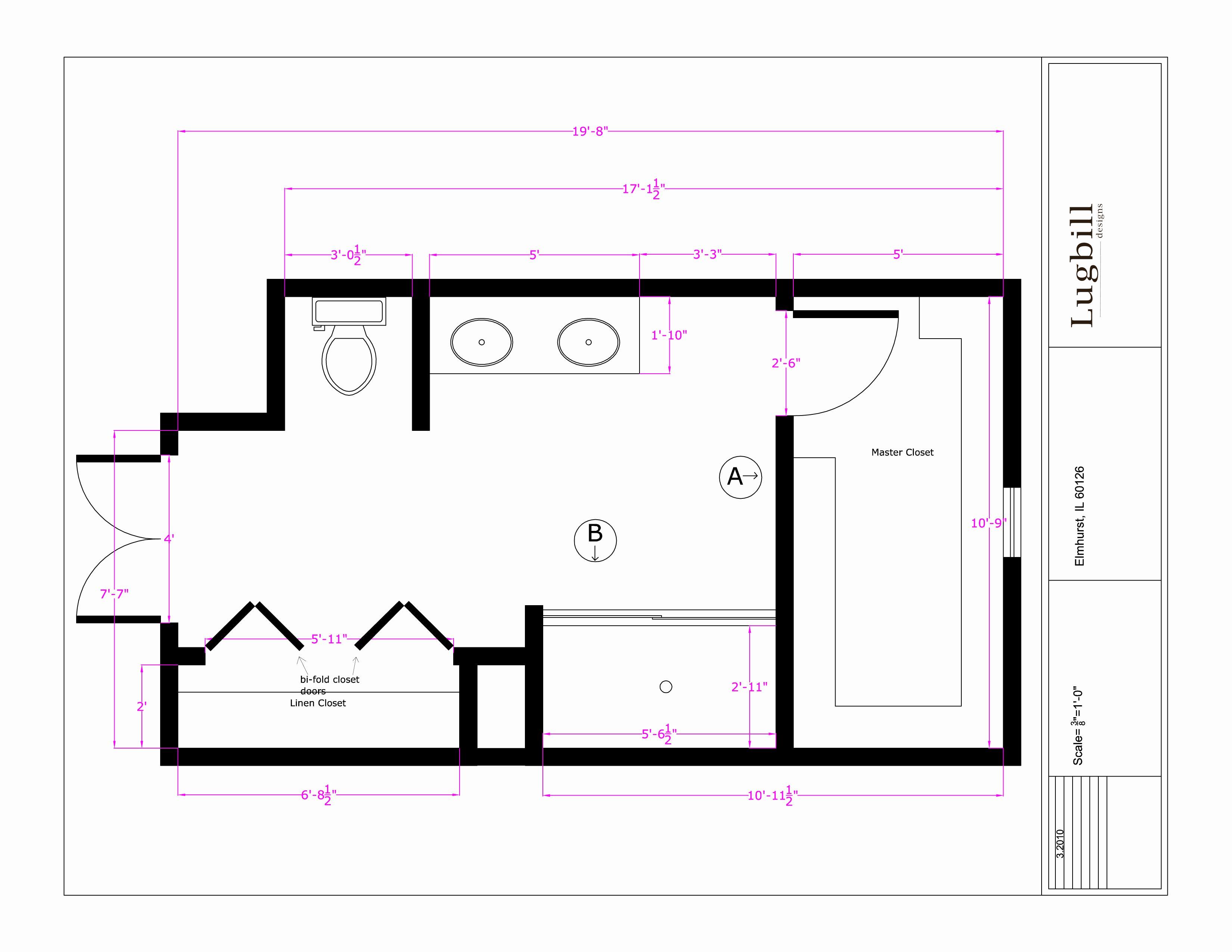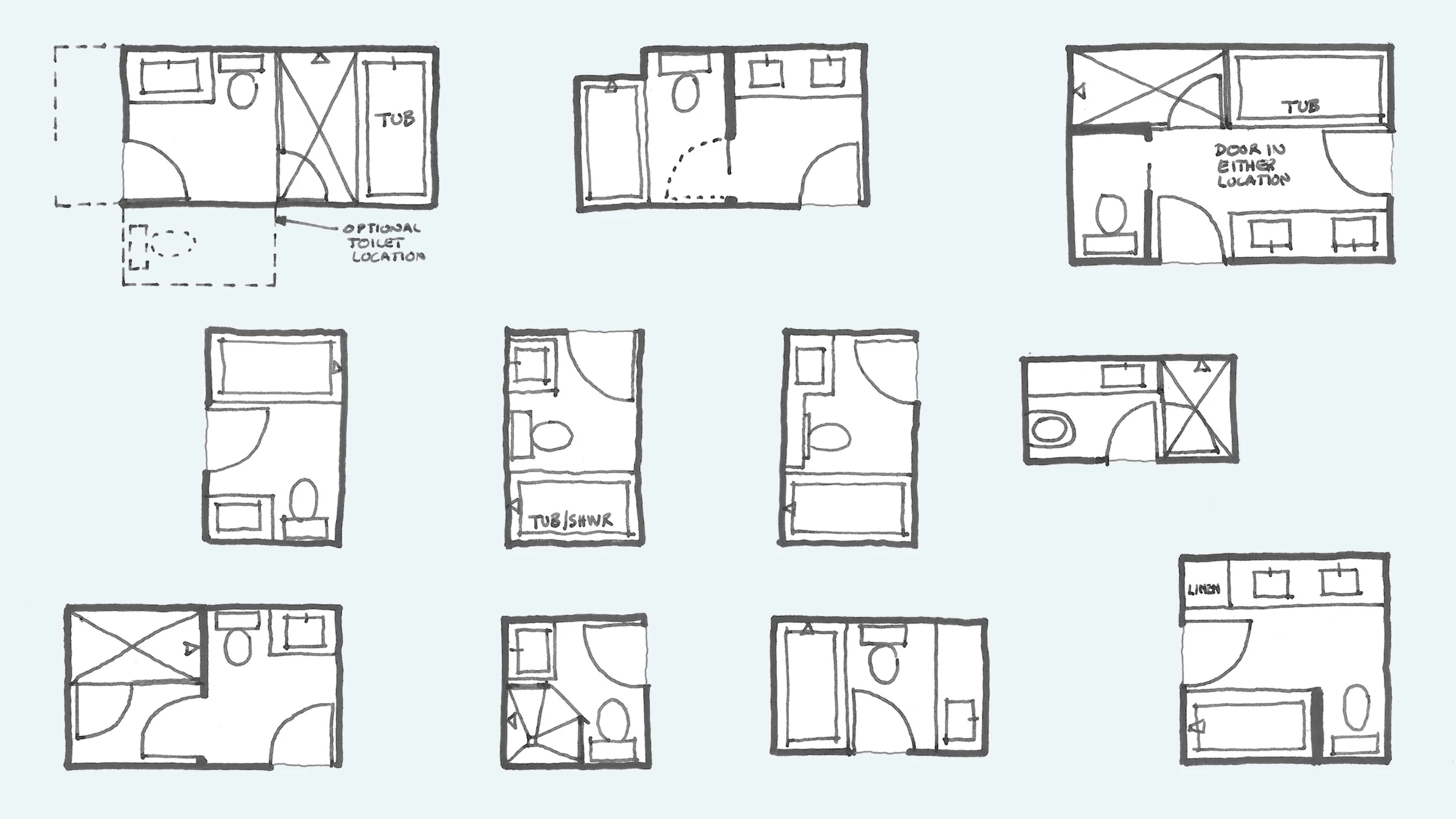The Appeal of His and Hers Bathrooms

In the realm of contemporary home design, the concept of separate bathrooms for couples, often referred to as “his and hers” bathrooms, has gained significant traction. This trend reflects a growing desire for personalized spaces within the home, catering to individual preferences and enhancing the overall living experience.
Advantages of Separate Bathrooms
The advantages of having dedicated bathrooms for each partner are numerous and encompass both practical and psychological aspects. The most apparent benefit is the elimination of morning rush-hour conflicts, a common source of stress in many households. With separate bathrooms, each individual can enjoy a private and leisurely routine, minimizing the potential for frustration and delays. Moreover, separate bathrooms offer a haven for personal hygiene and relaxation, allowing each partner to create an environment that aligns with their unique needs and preferences.
Enhancing Couple’s Lifestyle
His and hers bathrooms can significantly enhance a couple’s lifestyle by fostering a sense of privacy, individuality, and overall well-being. Imagine a scenario where one partner enjoys a long, hot bath while the other prepares for the day in a separate, well-equipped space. This separation allows each individual to unwind, recharge, and start their day on a positive note, minimizing the potential for conflicts and maximizing individual happiness. Furthermore, separate bathrooms can serve as a sanctuary for personal grooming, offering a private space to indulge in skincare, hair care, and other beauty rituals without the worry of interrupting the other partner. The availability of two separate bathrooms also eliminates the need to compromise on personal preferences regarding décor, amenities, and bathroom accessories. Each partner can personalize their space to reflect their unique style and create an environment that truly feels like their own.
Psychological Benefits
Separate bathrooms offer a range of psychological benefits that contribute to a couple’s overall well-being. The ability to create a personalized space for personal hygiene and relaxation promotes a sense of autonomy and control, contributing to a positive self-image and reducing stress. The privacy afforded by separate bathrooms allows individuals to engage in self-care rituals without feeling rushed or observed, fostering a sense of peace and tranquility. Moreover, the ability to control the environment, such as the temperature, lighting, and music, empowers individuals to create a space that caters to their specific needs and preferences, promoting a sense of well-being and relaxation. This sense of personal control and autonomy can have a positive impact on a couple’s relationship, fostering mutual respect and understanding.
Designing His and Hers Bathroom Floor Plans

The concept of his and hers bathrooms is gaining popularity as homeowners seek to personalize their living spaces and cater to the unique needs and preferences of each partner. Designing a dual bathroom space requires a thoughtful approach that balances functionality, aesthetics, and individual desires. This section will explore the key elements of designing a his and hers bathroom floor plan, focusing on layout considerations, privacy, and the integration of personal tastes.
Layout Considerations for Maximizing Space Utilization
Efficient space utilization is paramount in a his and hers bathroom. The layout should be designed to maximize functionality while minimizing wasted space. A common approach involves creating separate vanity areas, showers, and toilets. This arrangement provides a sense of privacy and allows each partner to have their own dedicated space.
- Separate Vanity Areas: The placement of vanity areas should be strategic. If the space permits, placing vanities on opposite sides of the bathroom can create a natural separation and provide ample counter space. Alternatively, a long vanity with a dividing element, such as a mirror or shelf, can be used to create a visual separation while maintaining a cohesive look.
- Shower Design: Incorporating separate showers allows for flexibility and personal preferences. A walk-in shower with a bench and multiple showerheads can be a luxurious option for those who enjoy long, relaxing showers. A smaller, more compact shower stall might be suitable for a partner who prefers quick showers.
- Toilet Placement: Toilets should be strategically positioned for privacy and accessibility. Consider placing them in a separate alcove or behind a partition to minimize visual intrusion.
Ensuring Privacy in His and Hers Bathroom Designs, His and hers bathroom floor plans
Privacy is a crucial element in a his and hers bathroom. The design should incorporate features that provide a sense of seclusion and separation.
- Partition Walls: Partition walls can be used to create distinct areas within the bathroom. These walls can be constructed from a variety of materials, including drywall, glass, or wood. They can be full-height or partial-height, depending on the desired level of privacy.
- Sliding Doors: Sliding doors can be used to separate vanity areas or showers. This type of door is space-saving and allows for easy access to both areas.
- Window Treatments: Window treatments, such as blinds or curtains, can provide privacy while still allowing natural light to enter the bathroom.
Incorporating Individual Preferences and Lifestyle Needs
A his and hers bathroom should reflect the unique tastes and lifestyles of both partners.
- Storage Solutions: Consider incorporating storage solutions that cater to each partner’s needs. For example, a partner who enjoys extensive skincare routines might require a larger vanity with drawers and shelves.
- Lighting and Color Schemes: Lighting and color schemes can be tailored to each partner’s preferences. A partner who prefers a more modern aesthetic might opt for sleek fixtures and cool tones, while another partner might prefer a more traditional style with warmer colors.
- Fixtures and Amenities: Fixtures and amenities can be chosen to reflect individual preferences. For example, a partner who enjoys soaking in the tub might opt for a larger bathtub, while another partner might prefer a walk-in shower.
Selecting Materials, Fixtures, and Colors for His and Hers Bathrooms
The choice of materials, fixtures, and colors can significantly impact the overall aesthetic and functionality of a his and hers bathroom.
- Materials: Durable and water-resistant materials are essential for bathroom spaces. Consider using materials such as porcelain tile, granite countertops, and stainless steel fixtures.
- Fixtures: Fixtures should be chosen based on their functionality and style. Consider the size and shape of the bathroom, as well as the overall design aesthetic.
- Colors: Color choices can influence the mood and ambiance of the bathroom. Consider using neutral colors for the walls and accents of bolder colors for towels and accessories.
Decorating His and Hers Bathrooms

The concept of his and hers bathrooms extends beyond the floor plan. Decorating these spaces to reflect each partner’s unique preferences and personalities is crucial for creating a truly personalized and comfortable environment.
Contrasting Decor Styles
Imagine a bathroom where one side exudes a minimalist, modern aesthetic with sleek lines and neutral tones, while the other side embraces a vibrant, eclectic style with bold colors and patterned tiles. This contrast visually separates the spaces, making each partner feel like they have their own distinct retreat.
Color Palettes, Materials, and Fixtures
| Partner | Color Palette | Materials | Fixtures |
|---|---|---|---|
| He | Cool tones like blues, grays, and blacks | Natural stone, wood, metal | Sleek, minimalist faucets, showerheads, and accessories |
| She | Warm tones like pinks, yellows, and greens | Marble, glass, decorative tiles | Ornate, decorative faucets, showerheads, and accessories |
Incorporating Personal Touches
The key to decorating his and hers bathrooms lies in incorporating personal touches that reflect each partner’s unique style and interests. These could include:
- Artwork that reflects their hobbies or passions
- Decorative elements that showcase their personality
- Storage solutions that cater to their individual needs
Decorative Elements Enhancing Functionality and Aesthetics
Beyond the basic necessities, decorative elements can elevate the functionality and aesthetic appeal of his and hers bathrooms. Examples include:
- Mirrors with decorative frames to create a sense of spaciousness and add a touch of elegance
- Lighting fixtures that enhance the ambiance and provide ample task lighting
- Plants to introduce a touch of nature and create a calming atmosphere
